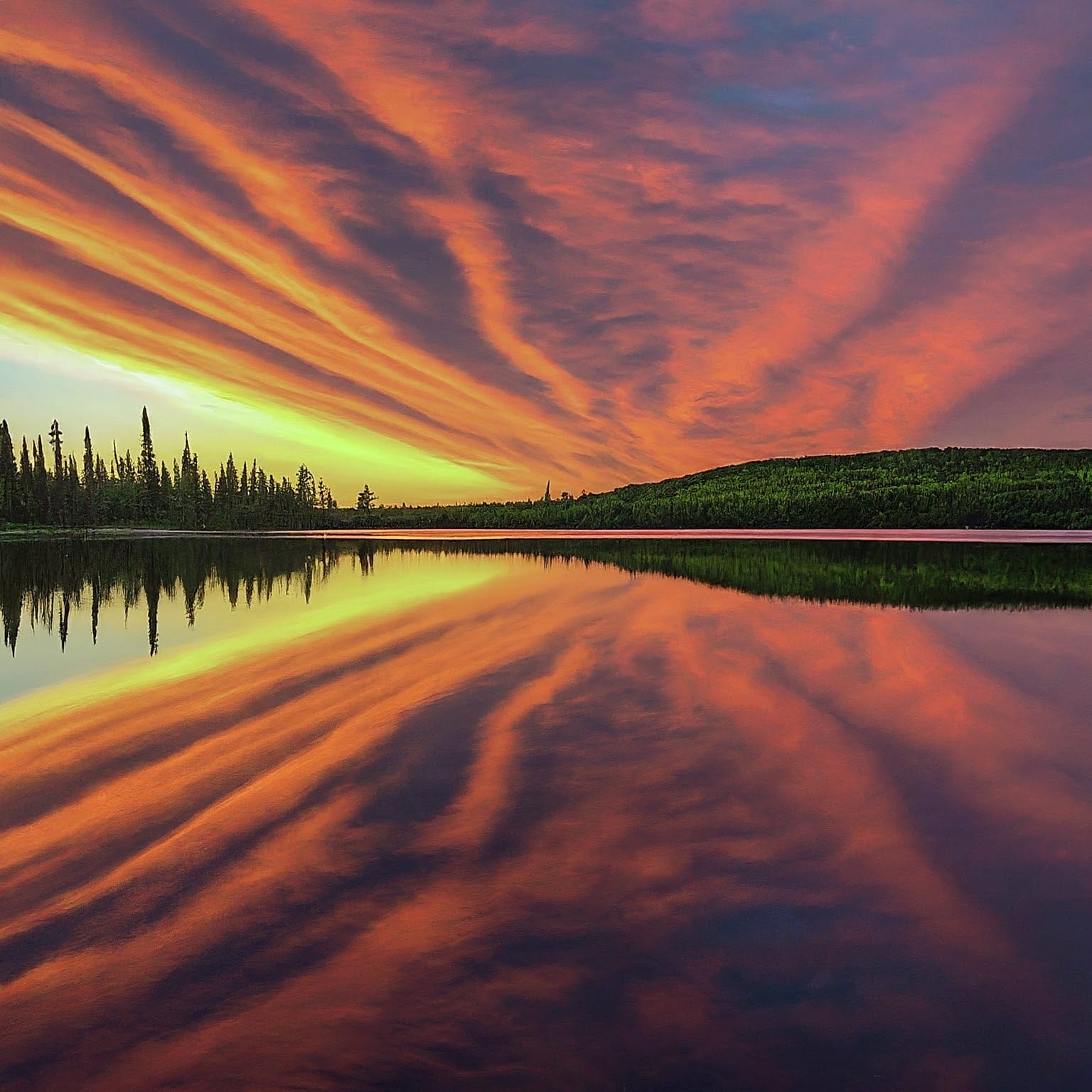Lac Seul Lake Literature
Books about Lac Seul
Lac Seul is located on the former lake bed of Glacial Lake Agassiz. Owing to this previous lake, much of the bottom of Lac Seul is covered with thick deposits of lacustrine silts and varved clay of varying thickness. The water of Lac Seul is tea colored. In clear water Walleye only feed at dusk and dawn because of their light-sensitive eyes, but because of the tea color of Lac Seul, it provides excellent Walleye and Northern Pike angling opportunities throughout the day. Lac Seul provides some of the finest trophy Northern Pike and Walleye and also provides access to the vast, practically untouched wilderness surrounding it.
History
Lac Seul has been inhabited by Indigenous peoples for thousands of years. The first Europeans to arrive in the area were fur traders in the 17th century. The lake was named Lac Seul by French fur traders in the 18th century, meaning “the lonely lake”.
Lac Seul today
Lac Seul is a popular destination for fishing, hunting, and camping. The lake is also home to a number of resorts and lodges. Lac Seul is a major economic driver for the region, generating millions of dollars in tourism revenue each year.
The future of Lac Seul
Lac Seul is facing a number of challenges, including climate change, invasive species, and pollution. The future of the lake depends on the ability of stakeholders to work together to address these challenges.
Interesting facts about Lac Seul
- Lac Seul is home to over 20 species of fish, including walleye, northern pike, muskie, and lake trout.
- The lake is also home to a variety of wildlife, including moose, bears, wolves, and loons.
- Lac Seul is part of the Canadian Shield, a vast area of Precambrian rock that covers much of northern Canada.
- The lake is located in the traditional territory of the Ojibway and Cree First Nations.
How to get to Lac Seul
Lac Seul is located approximately 200 kilometers (124 mi) northeast of Winnipeg, Manitoba. The lake can be reached by car, plane, or train.
Where to stay on Lac Seul
There are a number of resorts and lodges located on Lac Seul. These accommodations offer a variety of amenities, including fishing boats, cabins, and restaurants.
What to do on Lac Seul
Lac Seul is a popular destination for fishing, hunting, and camping. The lake is also home to a number of hiking and biking trails.
Tips for visiting Lac Seul
- Be sure to pack insect repellent, as mosquitoes can be a nuisance in the summer months.
- Bring a hat, sunscreen, and sunglasses to protect yourself from the sun.
- Pack a camera to capture the stunning scenery.
- Be sure to respect the environment and leave no trace of your visit.


